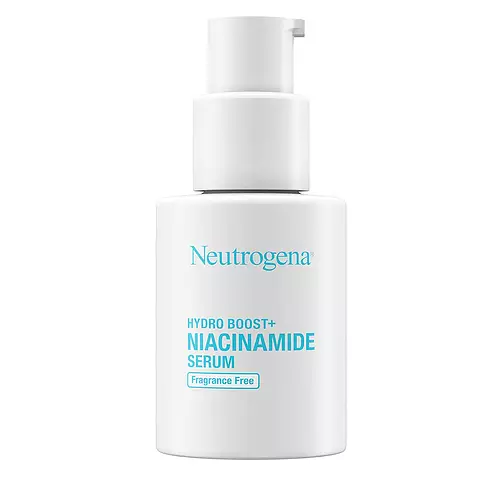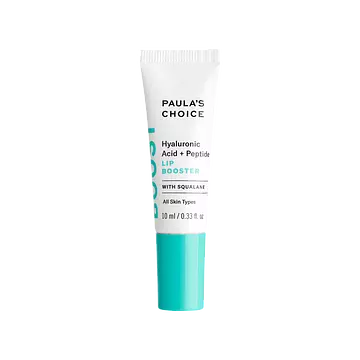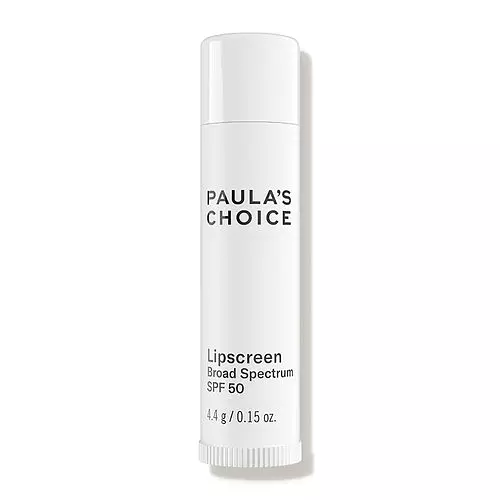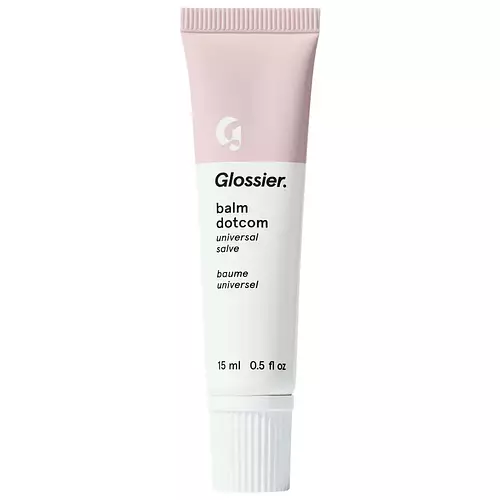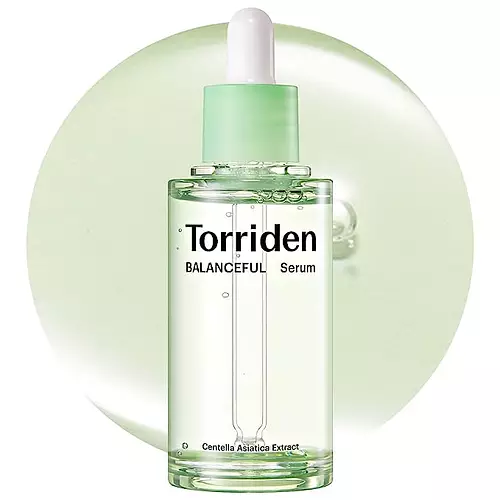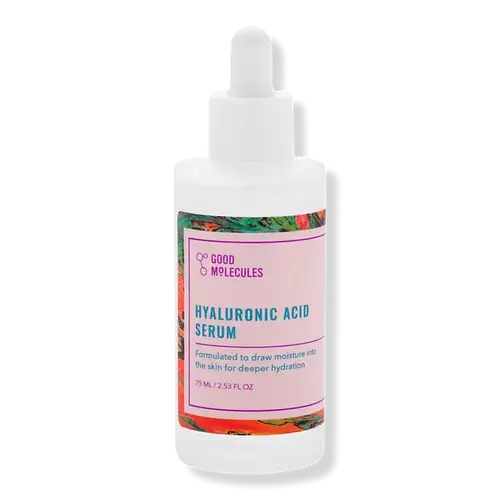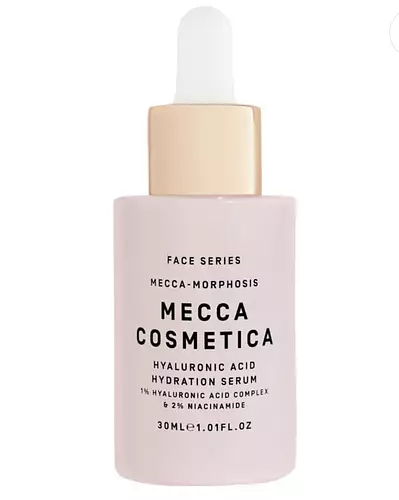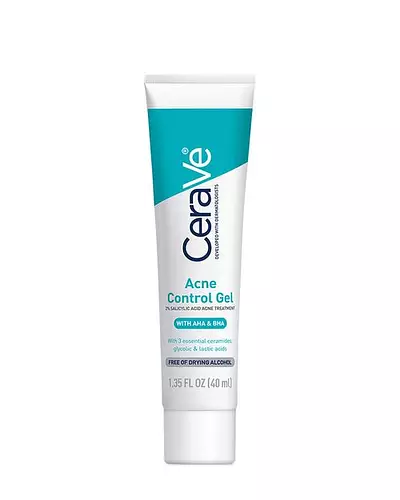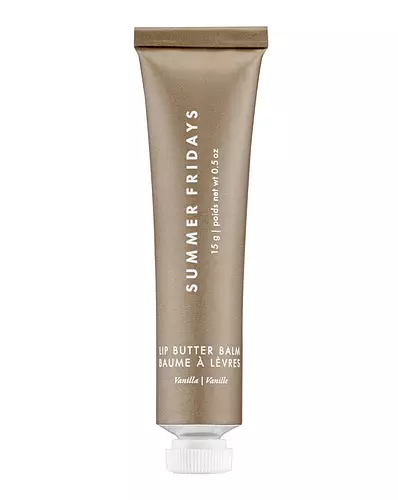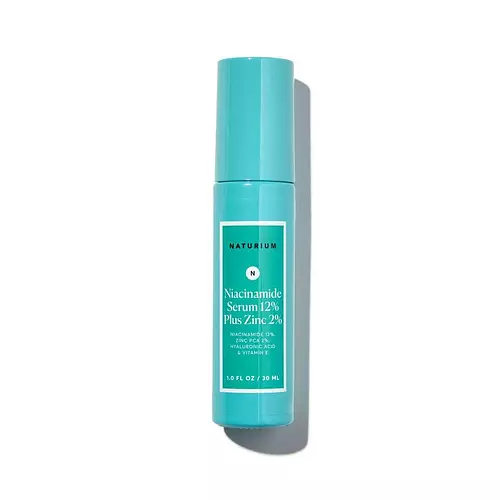Updated on June 28, 2024
Overview
What they are
These products are both reef safe . They have a total of 2 ingredients in common
Cool Features
They both contain hyaluronic acid
Suited For
They're both likely to be good for dry skin, brightening skin, reducing pores and dark spots
Free From
They both do not contain any harsh alcohols, common allergens, parabens or sulfates
We independently verify ingredients, and our claims are backed by peer-reviewed research. Spot a product that needs an update? Let us know.
Ingredient Info
Neutrogena Hydro Boost+ Niacinamide Serum, Fragrance Free 14 ingredients
Paula's Choice BOOST Hyaluronic Acid + Peptide Lip Booster 33 ingredients
- Ricinus Communis Seed Oil
- Hydrogenated Castor Oil/Sebacic Acid Copolymer
- Theobroma Cacao Seed Butter
- Polyglyceryl-3 Beeswax
- Dimer Dilinoleyl Dimer Dilinoleate
- Ethylhexyl Palmitate
- Triisostearin
- Butyrospermum Parkii Butter
- Cetearyl Ethylhexanoate
- Dipalmitoyl Hydroxyproline
- Butyrospermum Parkii Butter Unsaponifiables
- Tribehenin
- Palmitic Acid
- Hydroxystearic Acid
- Sorbitan Isostearate
- Trihydroxystearin
- Glycine Soja Oil
- Sucrose Cocoate
- Palmitoyl Tripeptide-1
- Palmitoyl Tripeptide-38
At a glance
Click on any of the items below to learn more
Neutrogena Hydro Boost+ Niacinamide Serum, Fragrance Free 14 ingredients
Paula's Choice BOOST Hyaluronic Acid + Peptide Lip Booster 33 ingredients
Notable Ingredients
This product contains 1 ingredient that may have this attribute:
This product contains 1 ingredient that may have this attribute:
This product contains 1 ingredient that may have this attribute:
Benefits
This product contains 1 ingredient that may have this attribute:
This product contains 1 ingredient that may have this attribute:
This product contains 1 ingredient that may have this attribute:
This product contains 1 ingredient that may have this attribute:
This product contains 1 ingredient that may have this attribute:
This product contains 1 ingredient that may have this attribute:
This product contains 2 ingredients that may have this attribute:
Notable Ingredients
This product contains 1 ingredient that may have this attribute:
This product contains 1 ingredient that may have this attribute:
This product contains 1 ingredient that may have this attribute:
This product contains 3 ingredients that may have this attribute:
Benefits
This product contains 3 ingredients that may have this attribute:
This product contains 1 ingredient that may have this attribute:
This product contains 1 ingredient that may have this attribute:
This product contains 2 ingredients that may have this attribute:
This product contains 1 ingredient that may have this attribute:
This product contains 2 ingredients that may have this attribute:
This product contains 2 ingredients that may have this attribute:
Concerns
This product contains 1 ingredient that may have this attribute:
This product contains 4 ingredients that may have this attribute:
This product contains 2 ingredients that may have this attribute:
This product contains 2 ingredients that may have this attribute:
This product contains 1 ingredient that may have this attribute:
This product contains 2 ingredients that may have this attribute:
Ingredients Side-by-side
Ingredients Explained
These ingredients are found in both products.
Ingredients higher up in an ingredient list are typically present in a larger amount.
Water. It's the most common cosmetic ingredient of all. You'll usually see it at the top of ingredient lists, meaning that it makes up the largest part of the product.
So why is it so popular? Water most often acts as a solvent - this means that it helps dissolve other ingredients into the formulation.
You'll also recognize water as that liquid we all need to stay alive. If you see this, drink a glass of water. Stay hydrated!
Learn more about WaterSodium Hyaluronate is hyaluronic acid's salt form. It is commonly derived from the sodium salt of hyaluronic acid.
Like hyaluronic acid, it is great at holding water and acts as a humectant. This makes it a great skin hydrating ingredient.
Sodium Hyaluronate is naturally occurring in our bodies and is mostly found in eye fluid and joints.
These are some other common types of Hyaluronic Acid:
Learn more about Sodium HyaluronateIngredient Ratings
Here's what our community thinks of the ingredients in these two products.
When to use
Neutrogena Hydro Boost+ Niacinamide Serum, Fragrance Free 14 ingredients
Paula's Choice BOOST Hyaluronic Acid + Peptide Lip Booster 33 ingredients


